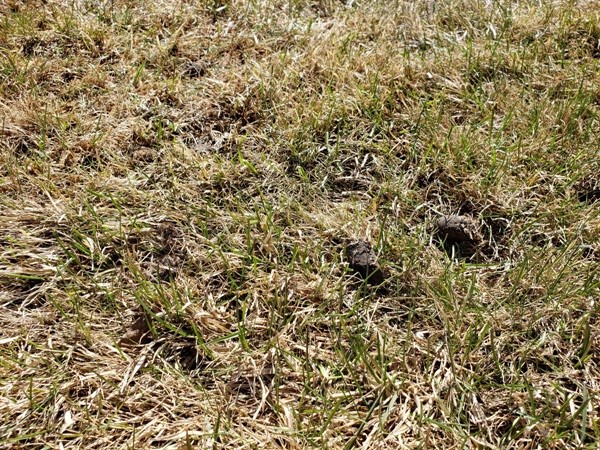Spring is wonderful, as the sun rises earlier each day and the birds welcome us to the day even before the sun comes up. However, the spring weather is far from stable so we need to choose our outdoor garden chores by what the current weather is. If you have any turf or lawn areas in your landscape, then getting the lawn ready for summer is a great early spring chore.
Hopefully, you did some work on your lawn in late fall as it is important to keep mowing your lawn right until freeze up, so the lawn does not go into winter too long. Lawn that is too long or has lots of leaves or other debris left on it when the snow fell will likely give you more issues for the spring cleanup. If your turf areas are packed down, then you will need to give it a good rake to remove the debris and get the individual blades to stand up again.
This spring gave us a lot of snow mold, so ensure if you have sensitivities or allergies you do that first raking with a respirator and shower as soon as you are done. The mold was likely due to getting the first snow before the ground was frozen so many activities under the snow continued to be active. Also true for tiny little critters like mice. I have seen many trails in turf that happily hosted rodents well into winter. You may find some dead patches, so rake well and fertilize with a fertilizer containing phosphorus to encourage new rooting of the turf.
Dethatching is the term given to removing some of the “thatch layer” in your lawn. The thatch is the layer of partially decayed cut blades of grass that get trapped in the turf above the soil layer. Excessively deep thatch (more than 1.5 cm) can cause problems. A deep layer of thatch will hold moisture and entice roots to form in this layer. When dry, hot weather or unusually cold weather occurs, these tender roots can be damaged. About one centimetre of thatch is most desirable. Thatch helps to keep the crown (growing part) of the grass cool, helps to eliminate moisture loss through evaporation, protects the crown during seasonal changes and cushions the crown against wear and tear. Thatching, if necessary, should be done prior to the lawn tuning completely green and should only be done when necessary.
Aeration is necessary when lawns become compacted. Lawns planted on heavy soil, or those receiving a lot of foot traffic tend to get compacted. This means that only small amounts of oxygen can enter the hardened soil. When plants are deprived of oxygen in the root zone layer they do not grow at their optimum rate. Compacted soils are also difficult to water, as runoff will occur before enough water is applied. Aeration is only necessary for lawns that are subject to compaction. Lawns especially susceptible should be aerated annually.
When mid-May rolls around, it is time to fertilize. If you are using conventional fertilizer then your lawns should be fertilized three times throughout the growing season, with applications made about six weeks apart. Do not use conventional fertilizer prior to the middle of May, but slow release fertilizers can be used throughout the growing season. Using a slow release fertilizer, whether it is organic or inorganic is a much more recommended practice. The nutrients are released slowly in a more natural fashion to give the lawn area nutrition on a more gradual basis. There is also no worry about burning the lawn if you apply too much conventional nitrogen.
Happy spring!
Hanbidge is the lead horticulturist with Orchid Horticulture. Find us at www.orchidhort.com; by email at info@orchidhort.com; on facebook @orchidhort and on instagram at #orchidhort.



